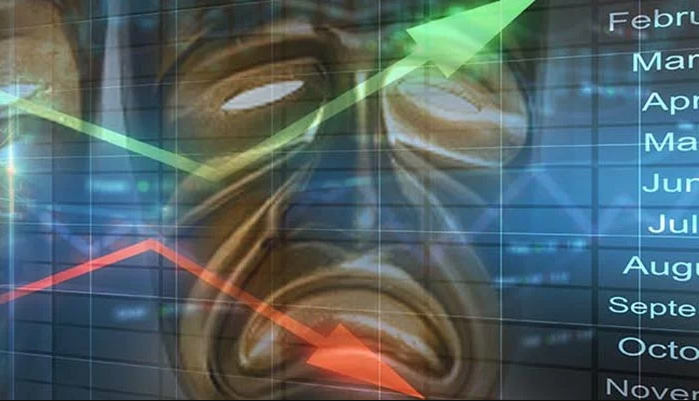Be fearful when others are greedy and be greedy when others are fearful
Almost without fail, when the calendar turns there is widespread optimism about future stock market gains. When you hear that, be wary.
When markets move to extreme levels, smart investors often make their largest portfolio gains – by doing the opposite of the popular sentiment. Warren Buffet once said, “Be fearful when others are greedy and be greedy when others are fearful.”
Managing our finances would be far easier if we could view markets as if we were machines devoid of emotion. But we are human and powerful emotions often move markets to what some may consider extreme levels. It’s a mistake to think the stock market is only based on science, a large part of what moves stocks on a daily basis is human emotion.
This situation creates opportunity for those with nerves of steel and a trusted investment plan. Sentiment data, derived from surveys of individual investors, money managers or newsletter writers, can provide insight into the human emotion that drives capital markets.
Human Beings are Complicated
According to the January 2020 survey data from the American Association of Individual Investors, 70% of investors are either bullish (33.1%) or neutral (37%) with just 29.9% bearish. As always, don’t view any data set in a vacuum, or rely on a single data point.
Human beings are complicated. But this information helps active investors get an idea of the human emotion that drive the current market advance.
The stock market in its simplest form is one big voting box. Each time you buy or sell a stock, bond, exchange-traded fund or any other security, you cast a vote. Even holding cash is a reflection of market participants casting their votes.
History tells us we should view this data in a contrarian manner, taking the opposite action when data is at extreme levels. This means that the larger the crowd that shares a single viewpoint, the more likelihood the crowd is wrong. This isn’t always the case, but if you have too many people on one side of the teeter-totter, it just won’t work until it is rebalanced.
Perspectives from Years Past
Here are some data points to consider:
- On January 4, 2018, the AAII survey found almost 60% of investors were bullish – and the S&P 500 lost more than 6% that year
- On January 3, 2019, the AAII survey found that just 33% of investors were bullish – and the S&P 500 jumped more than 30% that year
But let’s go back more than 10 years ago:
- On March 5, 2009, the AAII survey found that 70.2% of investors were bearish on the stock market, the largest amount of pessimism since 1990. As you may remember, the Standard & Poor’s 500 bottomed the following day, before rising over 60% through the rest of the year.
Just as Much Art as Science
Markets, whether of stocks, commodities or real estate, typically overshoot their “fair value” level, however you chose to measure it. During times of panic or euphoria, look at them through a clear lens. Having a defined investment plan is vital in order to navigate the at-times choppy waters of the capital markets.
The investment world can be viewed as an art form once you strip away the complexity. When viewed in the right light – a sensible assessment of its susceptibility to human foibles – it can be a beautiful thing.
